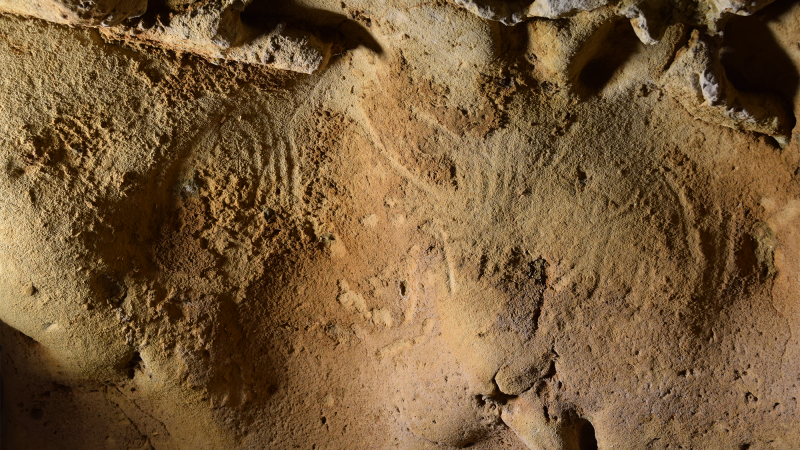

China’s Longshan period which lasted from about 2600 to 2000 BCE is best known for its sophisticated pottery shapes, but their sophisticated plumbing is getting some well-deserved attention. A team of archaeologists found the oldest known ceramic water pipes in China, demonstrating that locals were capable of major feats of engineering without a centralized state government. The findings are described in a study published August 14 in the journal Nature Water.
[Related from PopSci+: Inside the project to bring ‘self-healing’ Roman concrete to American shorelines.]
The newly unearthed network of ceramic water pipes and drainage ditches were found at the ancient walled city of Pingliangtai, located in what is now the Huaiyang District of Zhoukou City in central China. The town was home to roughly 500 people during neolithic times and had protective walls and a surrounding moat. It sits on the Upper Huai River Plain on the vast Huanghuaihai Plain, and the climate 4,000 years ago saw large seasonal climate shifts. Summer monsoons could dump a foot and a half of rain on the region every month.
With all this rain, it was critical for the region to manage floodwaters. The people of Pingliangtai appear to have built and operated a two-tier drainage system to help mitigate the rainy season’s excessive rainfall. Simple but coordinated lines of drainage ditches ran parallel to the rows of houses to divert water from the residential area to a series of ceramic water pipes that carried the water into the surrounding moat, and away from the village.
The team says that this network of pipes shows that the community cooperated with one another to build and maintain this drainage system.
“The discovery of this ceramic water pipe network is remarkable because the people of Pingliangtai were able to build and maintain this advanced water management system with stone age tools and without the organization of a central power structure,” study co-author and University College London archaeologist Yijie Zhuang said in a statement. “This system would have required a significant level of community-wide planning and coordination, and it was all done communally.”
The network is made of interconnecting individual segments which run along roads and walls that divert rainwater. According to the team, it shows an advanced level of central planning and is the oldest complete system discovered in China to date.
The team was also surprised by this find because the Pingliangtai settlement shows little evidence of a social hierarchy. The homes within it were uniformly small and there aren’t any signs of social stratification or significant inequality amongst the population. Digs at the town’s cemetery also didn’t reveal any evidence of a social hierarchy in burials the way excavations at other nearby towns have.
[Related: Mysterious skull points to a possible new branch on human family tree.]
The level of complexity that these pipes demonstrate also undermines some earlier understanding of archaeological finds that believe only a centralized state power could organize and provide the resources for such a complex water management system. Other ancient societies that used advanced water systems tended to have a stronger, more centralized government, but Pingliangtai shows that that centralized power was possibly not always needed.
“Pingliangtai is an extraordinary site. The network of water pipes shows an advanced understanding of engineering and hydrology that was previously only thought possible in more hierarchical societies,” study co-author and Peking University archaeologist Hai Zhang said in a statement.

The ceramic water pipes also show an advanced level of technology for this period in time. Like with Longshan pottery, there was some variety of decoration and styles, but each pipe segment was about 7.8 and 11.8 inches in diameter and about 11.8 to 15.7 inches long. Multiple segments were slotted into one another to transport the water over long distances.
According to the study, the team can’t say specifically how the labor to build this infrastructure was organized and divided. A similar level of communal coordination would also have been necessary to build the earthen walls and moat that surround Pingliangtai.















